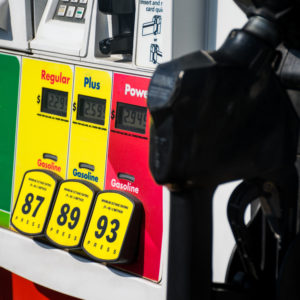When it comes to fuel economy, factors like vehicle weight, fuel combustion process, and air intake are extremely important to get more miles out of your vehicle.
Vehicle manufacturers are in constant pursuit of producing fuel-efficient cars that require little to no modifications. However, that doesn’t mean you can’t take some extra steps to up your gas mileage.
Check out these aftermarket upgrades you can install to boost your vehicle’s fuel economy.
Cold Air Intake
A cold air intake is one of the most popular aftermarket upgrades you can buy to boost your daily driver’s fuel economy. The science behind this upgrade is that cooler air means more engine power and better efficiency.
A cold air intake can produce a more efficient combustion reaction since cold air has a higher oxygen density than warm air.
Generally, installing a cold air intake means you’ll need to replace the regular airbox with a metallic or plastic tube that connects to a conical air filter.
A typical cold air intake also comes with heat shields to isolate the air filter from engine components that can get hot while the engine is running.
Average price range: $250-$500
Recommended brands:
Cat-Back Exhaust
Aside from increasing engine power and producing a throaty exhaust sound that all car enthusiasts know and love, improved fuel economy is another benefit of installing a cat-back exhaust system.
A cat-back exhaust system runs from the catalytic converter all the way to the back.
This upgrade comes with larger pipes than your stock exhaust, taking some pressure off the engine when pushing exhaust gases and helping it breathe more freely. By reducing engine load and increasing its efficiency, a cat-back exhaust helps you save money at the pump as well.
When picking out a cat-back exhaust system, you might have to choose between stainless and aluminized steel.
Stainless Steel Cat-Back Exhaust
Most performance upgrades are made from stainless steel. This type of metal doesn’t oxidize and corrode, unlike traditional steel, so you can expect your cat-back exhaust to last a long time.
Aluminized Steel Cat-Back Exhaust
Aluminized steel is generally cheaper than stainless steel. While this might be the case, aluminum is generally durable due to its metallurgical bond. It can also reflect heat very well.
Opting to get an aluminized cat-back exhaust will still give you the same performance benefits as a stainless steel variant, but expect some corrosion from this type once the aluminum layer begins to peel off.
Aftermarket cat-back exhaust systems might also come in split and custom designs.
A split model features two side-by-side exhaust pipes with a polished muffler and exhaust tips.
Meanwhile, a custom cat-back has more pipe curvature before the rear axle, making it a great choice for vehicles that require a higher degree of wheel travel like 4x4s.
Average price range: $500-$1,000
Recommended brands:
Performance Tuner
Although not as striking as big performance mods like cat-back exhausts and cold air intakes from the outside, a performance tuner can provide impactful changes that can elevate the way your engine operates.
Performance tuners are OBD-II-compatible chips that make changes to your powertrain control module’s factory settings to improve overall engine performance.
Using a performance tuner, pre-set parameters of ignition timing, fuel rail pressure, injector pulse, and air-fuel mixture, among others, can be modified.
The factory settings on most vehicles are calibrated to provide maximum longevity and optimize fuel economy.
With a performance tuner, you’ll have two options: modify parameters that will maximize your vehicle’s fuel efficiency or make the most out of your engine’s power at the expense of consuming more fuel.
Average price range: $250-$500
Recommended brands:
Synthetic Engine Oil
Switching from conventional to synthetic motor oil is a subtle change you can make to improve your vehicle’s fuel economy.
Compared to conventional motor oil, synthetic engine oil has more refined base oils mixed with chemically modified materials like petroleum components.
Synthetic oil is less likely to acidify and oxidize. It’s also more chemically stable and harder to break down than conventional motor oil.
But what does this have to do with improving your vehicle’s fuel economy?
A clean engine with no internal issues will generally perform well. By using synthetic oil, your engine can stay clean for much longer with little to no metal shavings hampering its overall operation.
Average price range: Less than $50
Recommended brands:
Performance Air Filter
A performance air filter does the same things a conventional air filter does but with the added benefits of being able to balance out filtration and accommodate a higher amount of air intake.
Because a performance air filter is able to bring in more air, you can expect a more efficient fuel combustion process from your engine.
Aside from boosting your vehicle’s fuel economy, a performance air filter can also increase torque and horsepower. Depending on your vehicle’s specifications and other driving conditions, an upgraded air filter can increase horsepower by as much as 2.6% and torque by 3.7%.
In some cases, a performance air filter can also improve acceleration by up to 3%.
Average price range: Less than $50
Recommended brands:
Eco-Friendly Tires
Green or eco-friendly tires are definitely a win for the environment, but they can also be beneficial to your vehicle’s overall fuel economy.
Green tires are made from sustainable rubber, plant-based oils, and other recycled materials that undergo pyrolysis.
The composition of eco-friendly tires and the process done to create them contribute to their low rolling resistance, which can help improve a vehicle’s fuel economy.
Also, green tires can slash a vehicle’s CO2 emissions by a significant amount since they require less energy to move.
Average price range: $150-$200
Recommended brands:
Any information provided on this Website is for informational purposes only and is not intended to replace consultation with a professional mechanic. The accuracy and timeliness of the information may change from the time of publication.


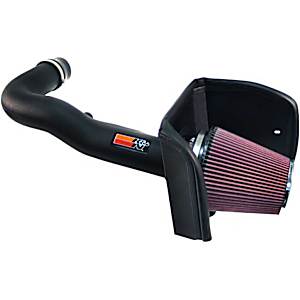 K&N Cold Air Intakes
K&N Cold Air Intakes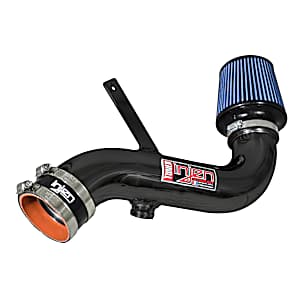 Injen Cold Air Intakes
Injen Cold Air Intakes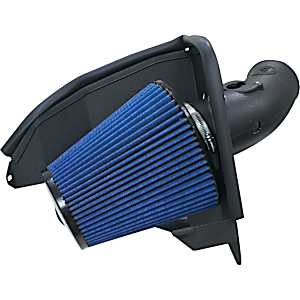 aFe Cold Air Intakes
aFe Cold Air Intakes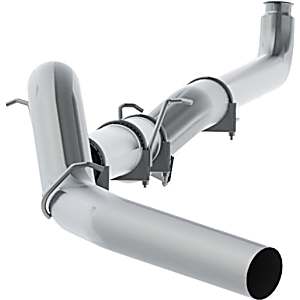 MBRP Exhaust Systems
MBRP Exhaust Systems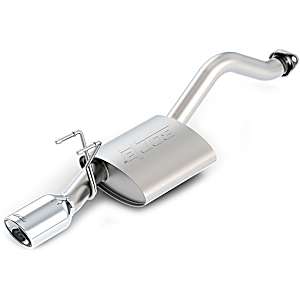 Borla Exhaust Systems
Borla Exhaust Systems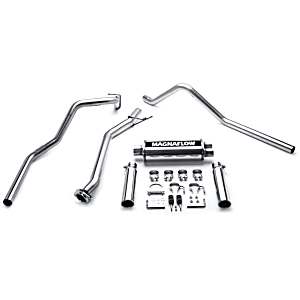 Magnaflow Exhaust Systems
Magnaflow Exhaust Systems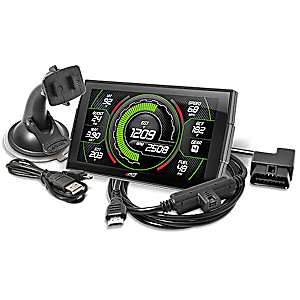 Edge Products Tuners
Edge Products Tuners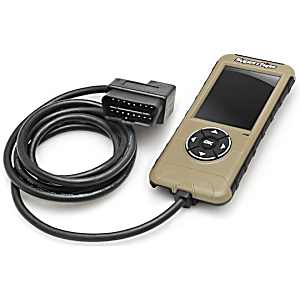 Superchips Tuners
Superchips Tuners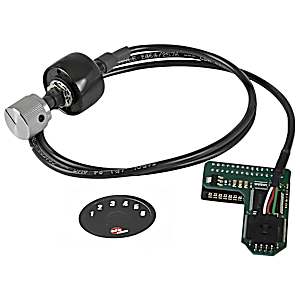 aFe Tuners
aFe Tuners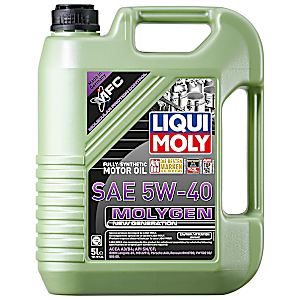 Liqui Moly Motor Oils
Liqui Moly Motor Oils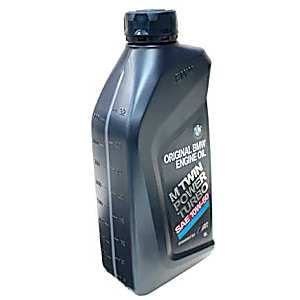 GenuineXL Motor Oils
GenuineXL Motor Oils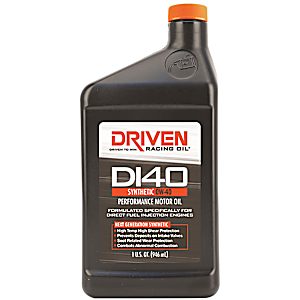 Driven Motor Oils
Driven Motor Oils
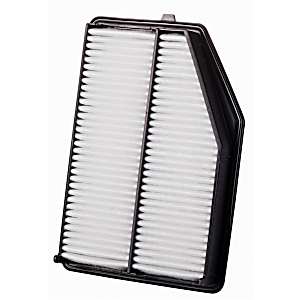 Premium Guard Filters Air Filters
Premium Guard Filters Air Filters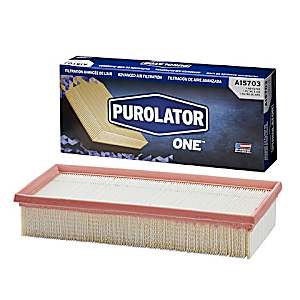 Purolator Air Filters
Purolator Air Filters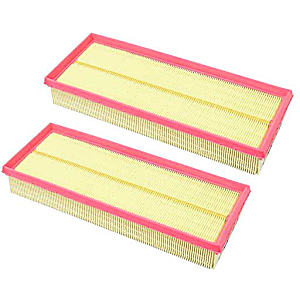 Mann-Filter Air Filters
Mann-Filter Air Filters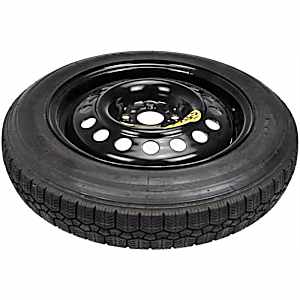 Dorman Wheel and Tire Package
Dorman Wheel and Tire Package




